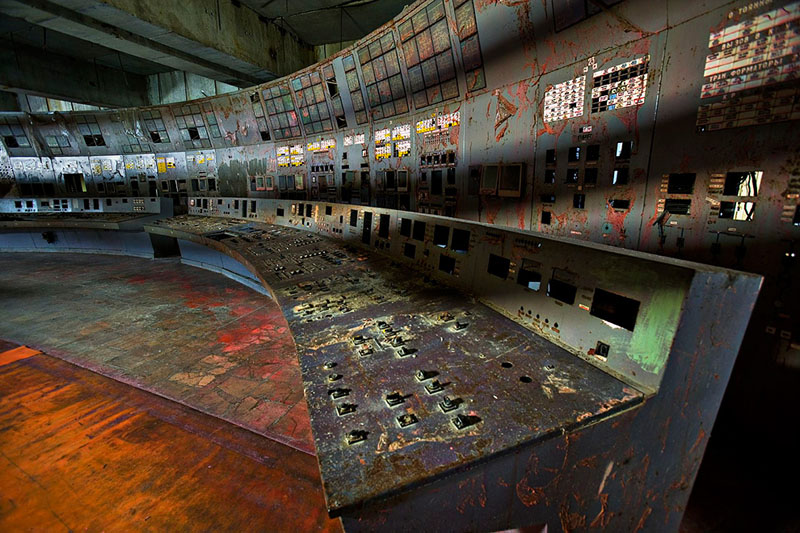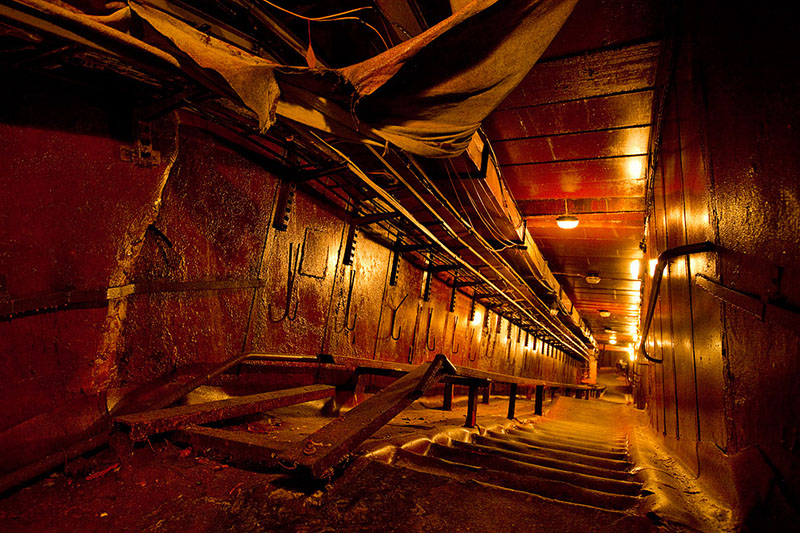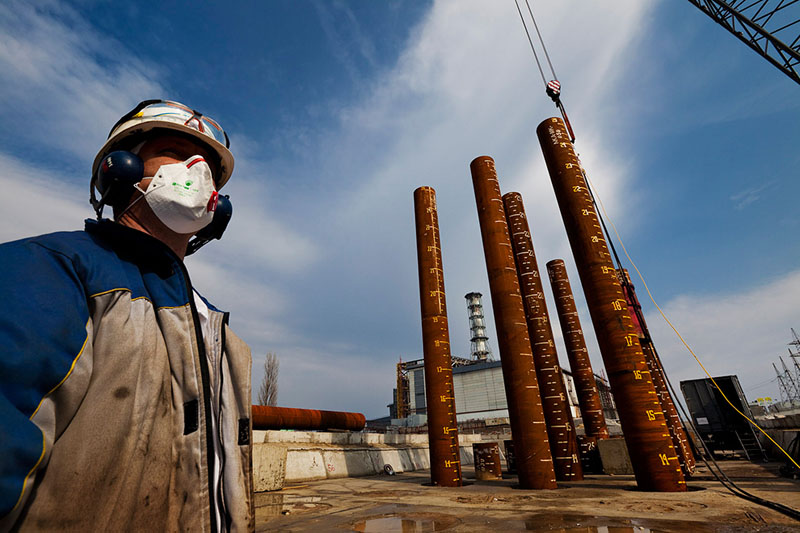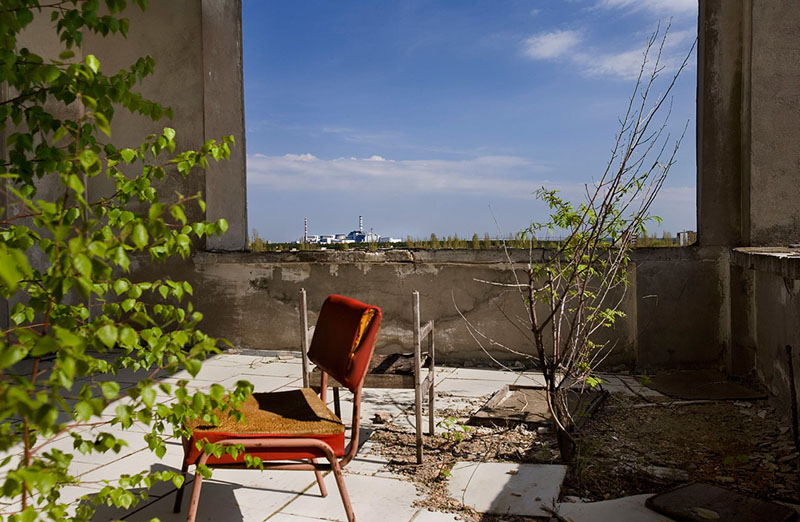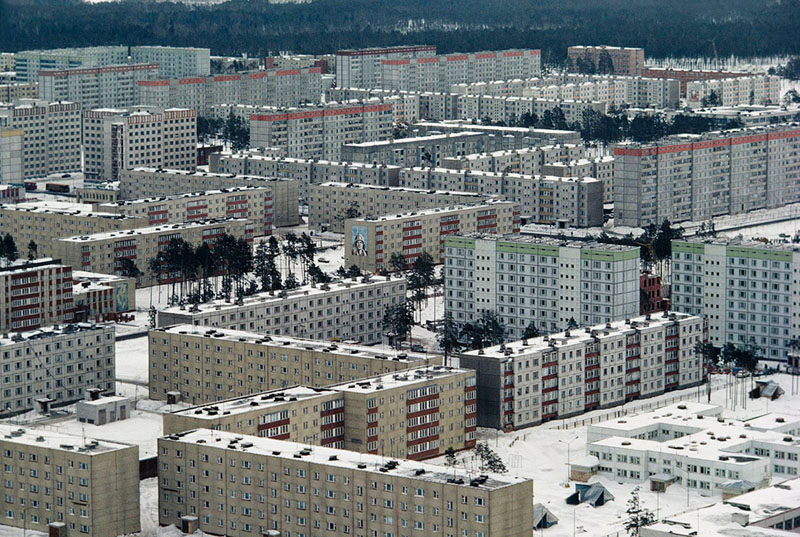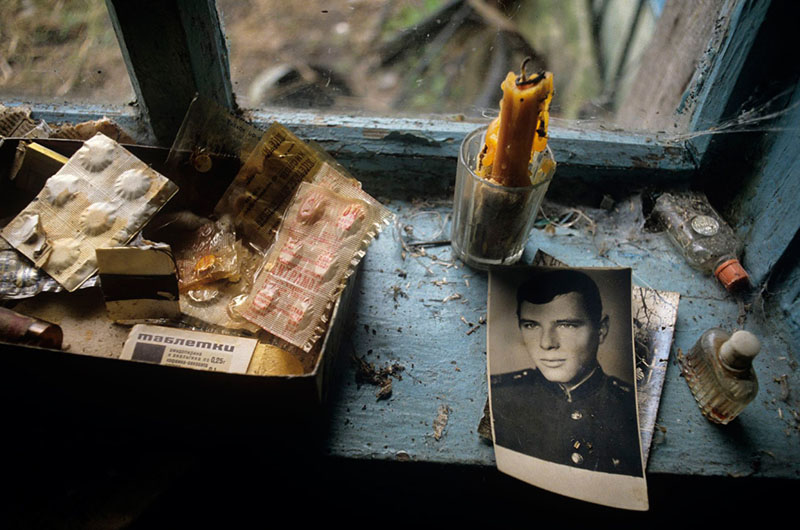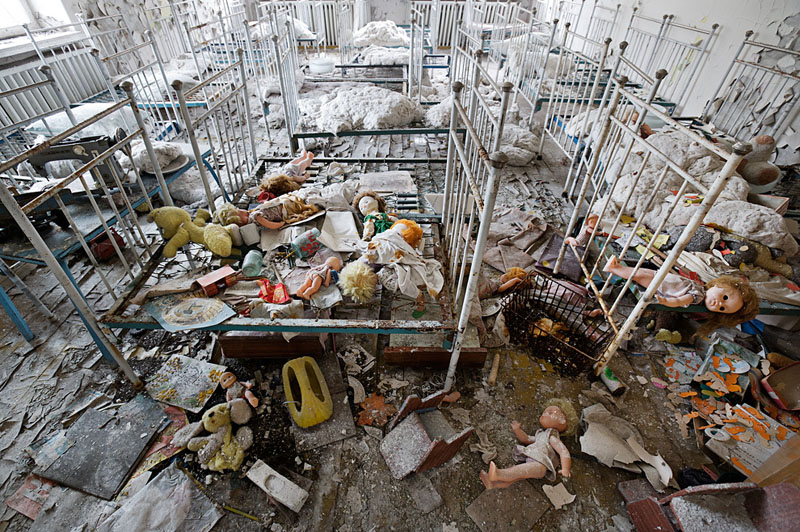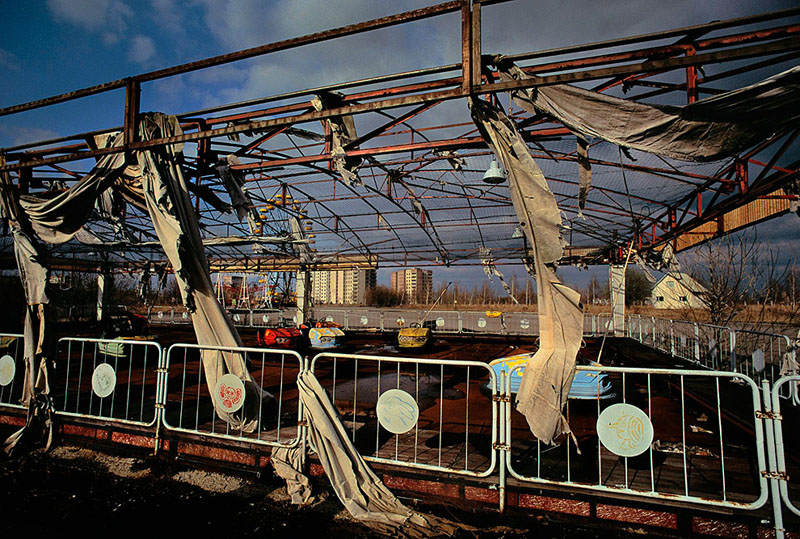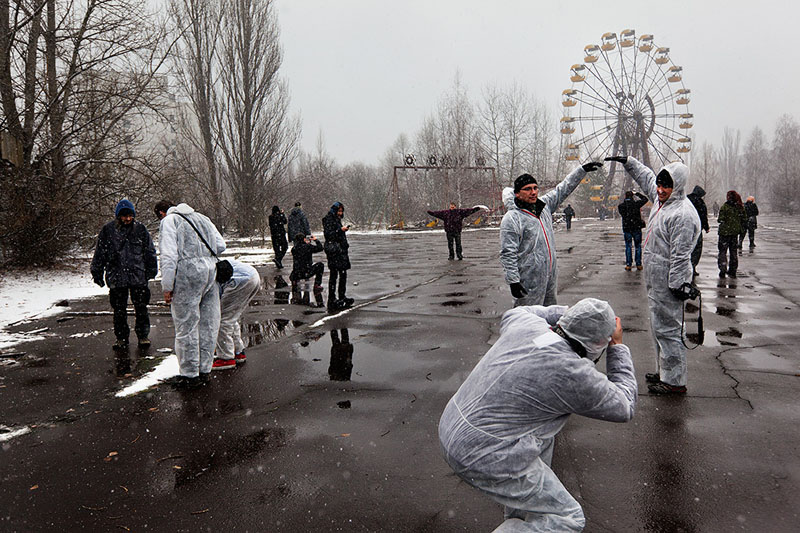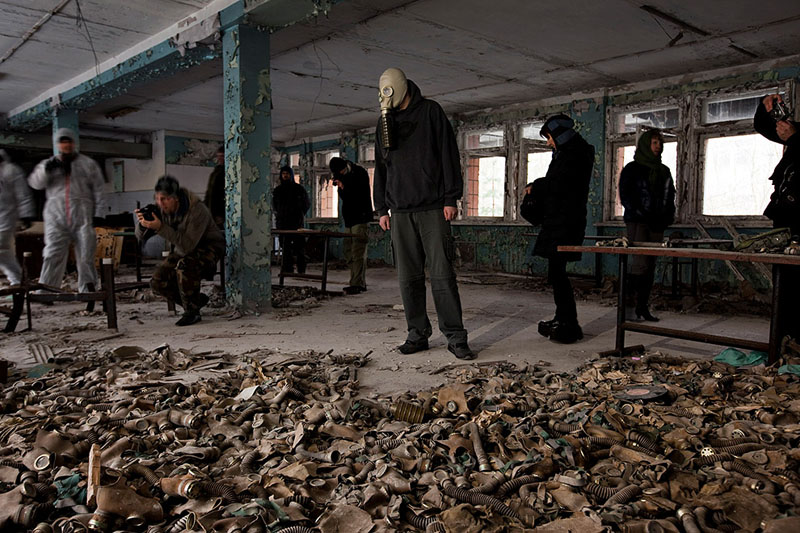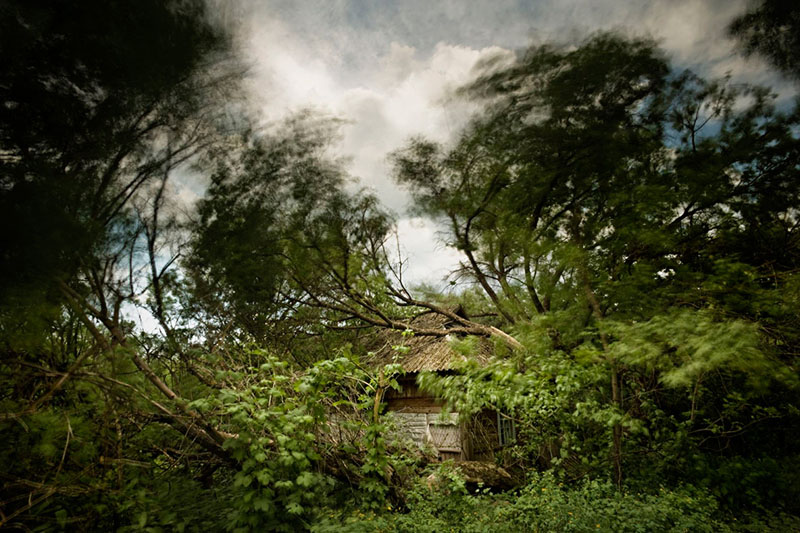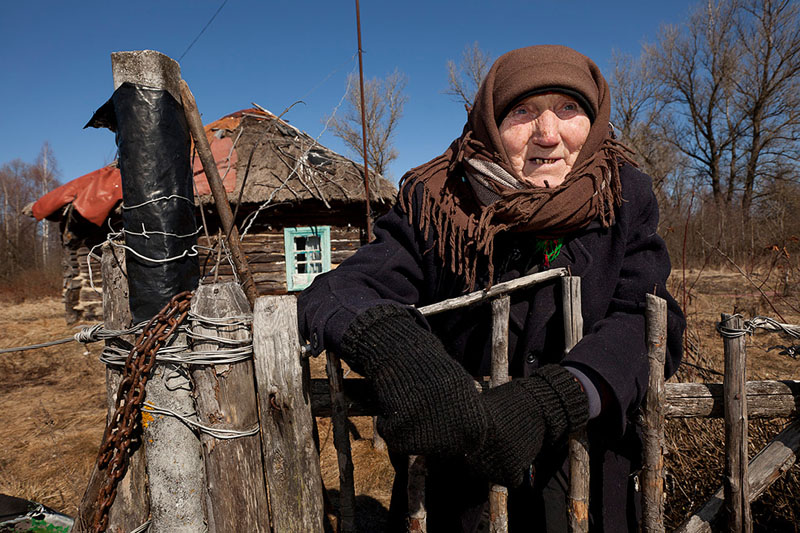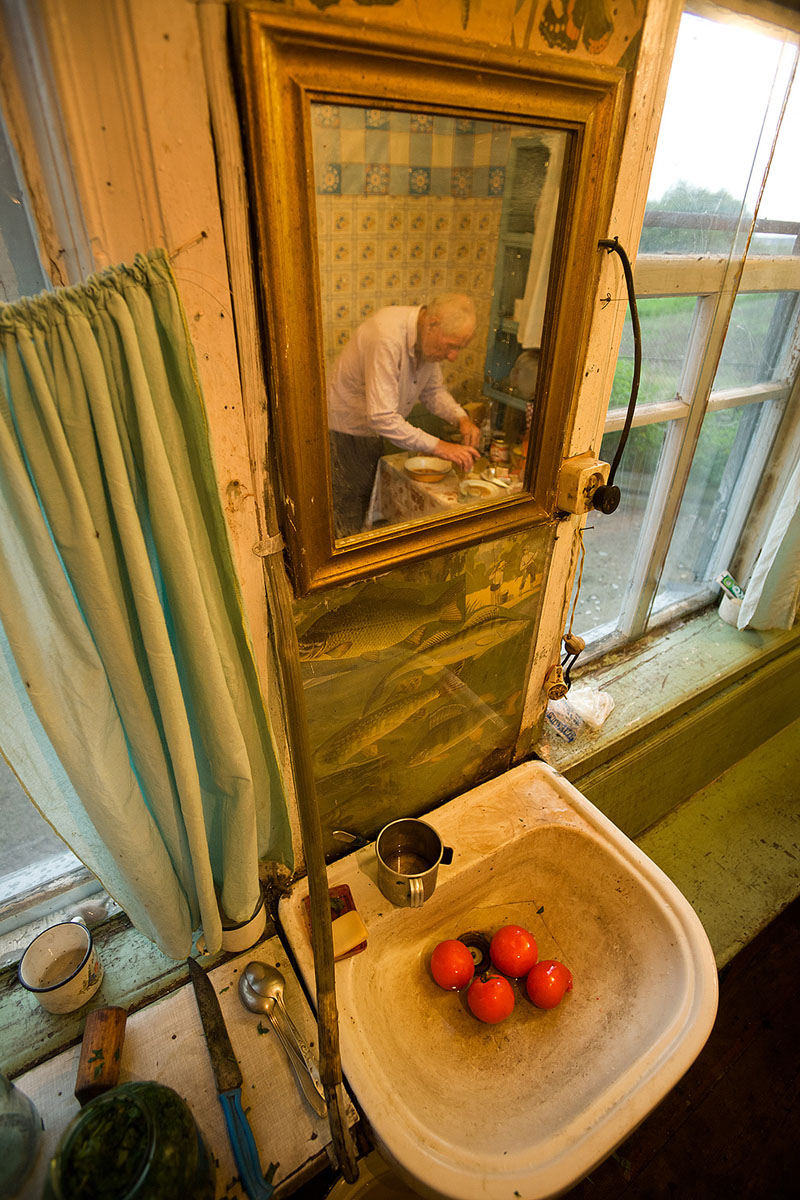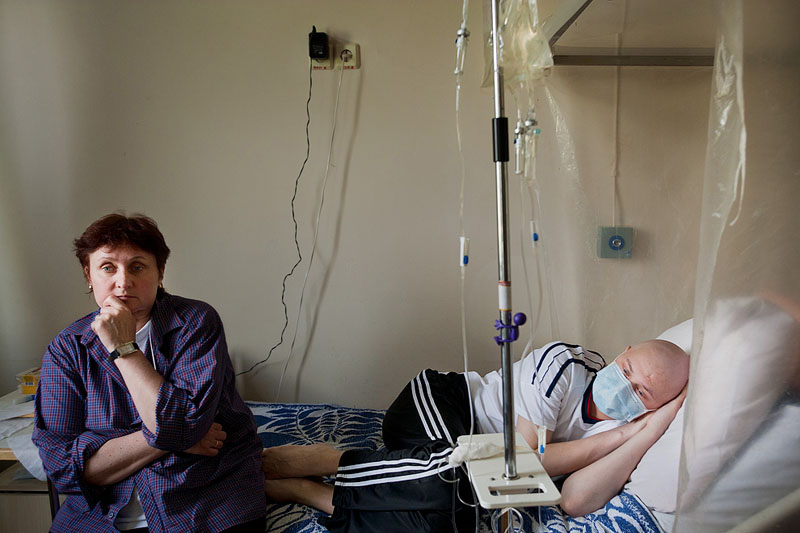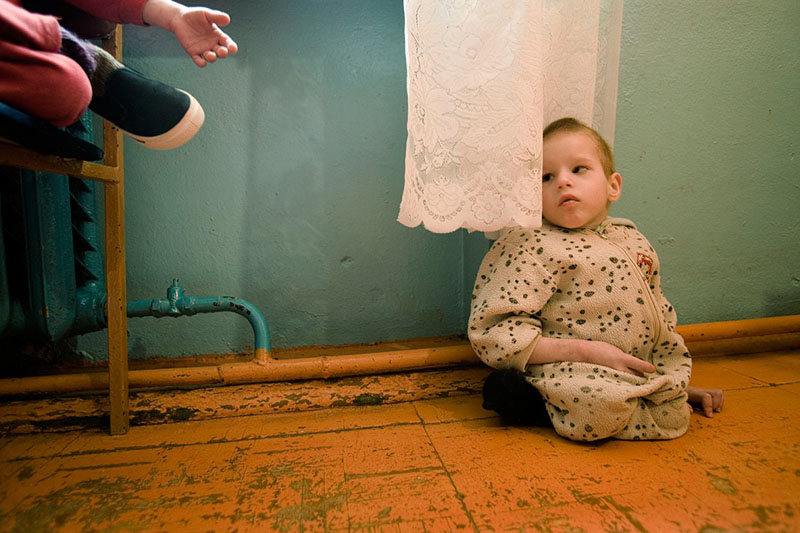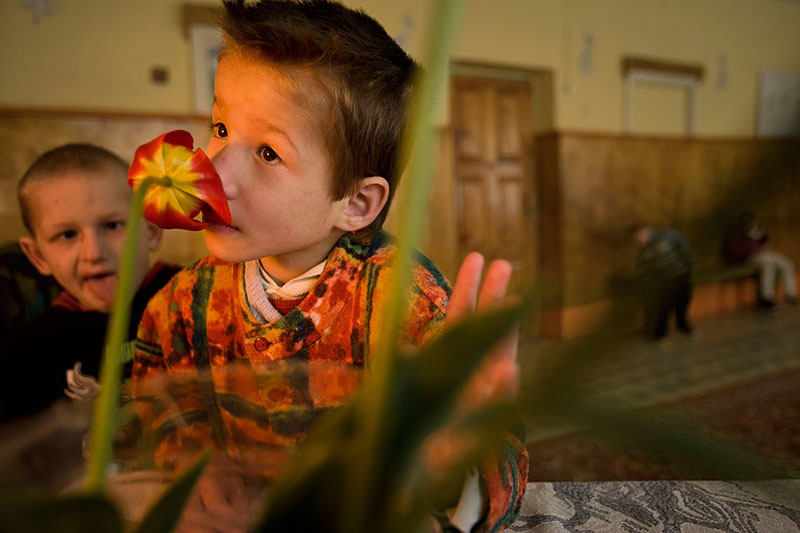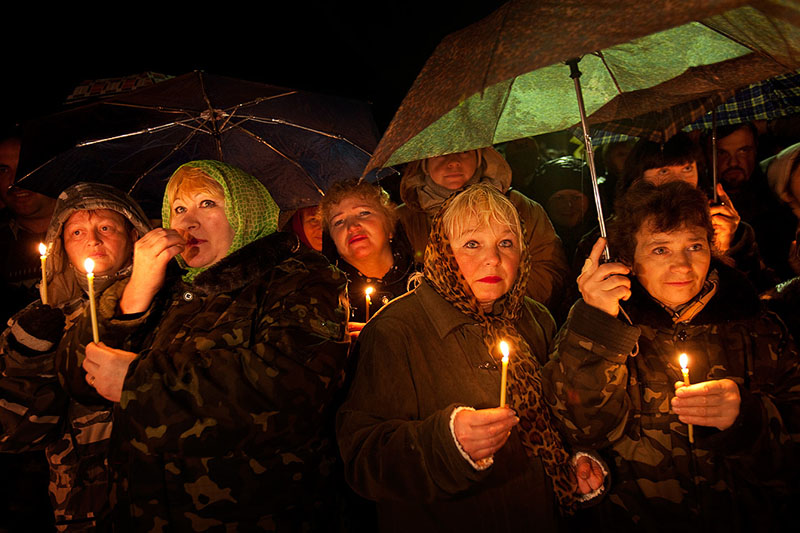Gerd Ludwig's 'Long Shadow of Chernobyl' project
fabiano
발전소
0
1284
2012.03.13 13:27
Internationally-renowned photojournalist Gerd Ludwig has spent years documenting the aftermath of the Chernobyl nuclear disaster. In 1986, errors at the plant in Ukraine led to an explosion that ultimately caused over a quarter of a million people to permanently evacuate their homes to escape the radiation and radioactive fallout. Over the course of several trips to the site and the region for National Geographic Magazine in 1993, 2005, and 2011, Ludwig has amassed a documentary record of a people and a place irreparably altered by a tragic accident. His 2011 trip was partially funded by a Kickstarter campaign. Now Ludwig has released an iPad app with over 150 photographs, video, and interactive panoramas. Gathered here is a small selection of the work Ludwig has produced over the years of the still-unfolding tragedy. -- Lane Turner
On April 26, 1986, operators in this control room of reactor No. 4 at the Chernobyl Nuclear Power Plant committed a fatal series of errors during a safety test, triggering a reactor meltdown that resulted in the world's largest nuclear accident to date. Today, the control room sits abandoned and deadly radioactive. Chernobyl Nuclear Power Plant, Ukraine, 2005 (Gerd Ludwig/INSTITUTE)
Workers, wearing respirators and plastic suits for protection, pause briefly on their way to drill holes for support rods inside the sarcophagus. It is hazardous work: radiation is so high that they constantly need to monitor their Geiger counters and dosimeters, and they are allowed only one 15-minute stay in this space per day. Chernobyl Nuclear Power Plant, Ukraine, 2005 (Gerd Ludwig/INSTITUTE)
For years desperate efforts were under way to shore up the roof of the shelter to prevent it from collapsing. Inside the sarcophagus, dimly lit tunnels lead to eerie rooms strewn with wires, pieces of shredded
Although radiation levels only allowed for a few minutes of access, workers initially had to pass over hazardous ladders to a section underneath the melted core with life threatening contamination. To facilitate faster access, a daunting hallway called the leaning staircase was erected. Chernobyl Nuclear Power Plant, Ukraine, 2011 (Gerd Ludwig/INSTITUTE)
Workers near the sarcophagus expose themselves to hazardous levels of radiation while building the New Safe Confinement, estimated to cost $2.2 billion. The arch-shaped, 29,000-ton
A rooftop view from the Polissya Hotel in the center of Pripyat shows the proximity of the ill-fated Chernobyl Nuclear Power Plant to this former home of 50,000 people. Today, Pripyat stands a ghost town overrun by nature. Pripyat, Ukraine, 2005 (Gerd Ludwig/INSTITUTE)
Built in 1970 for the scientists and workers of the Chernobyl Nuclear Power Plant, the city of Pripyat, located less than 3 km from the reactor, was once inhabited by nearly 50,000 residents and brimming with life. Authorities did not immediately warn residents of the accident and ordered the evacuation a full 36 hours after the explosion. Pripyat, Ukraine, 1993 (Gerd Ludwig/INSTITUTE)
When Soviet authorities finally ordered the evacuation, the residents’ hasty departure often meant leaving behind their most personal belongings. The Soviet Union only admitted to the world that an accident had occurred three days after the explosion, when the nuclear cloud reached Sweden and scientists there noticed radiation on their shoes before entering their facility. Opachichi, Ukraine, 1993 (Gerd Ludwig/INSTITUTE)
Nineteen years after the accident, the empty schools and kindergarten rooms in Pripyat - once the largest town in the Exclusion Zone with 50,000 inhabitants—remain a silent testament to the sudden and tragic departure. Due to decay, this section of the school building has since collapsed. Pripyat, Ukraine, 2005 (Gerd Ludwig/INSTITUTE)
In the days, weeks and months after the Chernobyl accident, strong winds pushed the radiation released by the explosion northwest into the Gomel region of Belarus, contaminating thousands of square kilometers with the radioactive fallout. Today, girls born around the time of the accident are having children of their own. Many find themselves anxious about the contamination and what it might have done to their reproductive organs and genes. Gomel, Belarus, 2005 (Gerd Ludwig/INSTITUTE)
Each year on April 26 in a midnight vigil at the Monument to the Firemen, shift workers in Chernobyl honor those killed by the explosion. Two plant workers died immediately in the blast, and another 28 workers and firemen soon succumbed to radiation poisoning. Thousands more have since died of cancer and the social upheaval caused by mass relocation. Chernobyl, Ukraine, 2005 (Gerd Ludwig/INSTITUTE)
